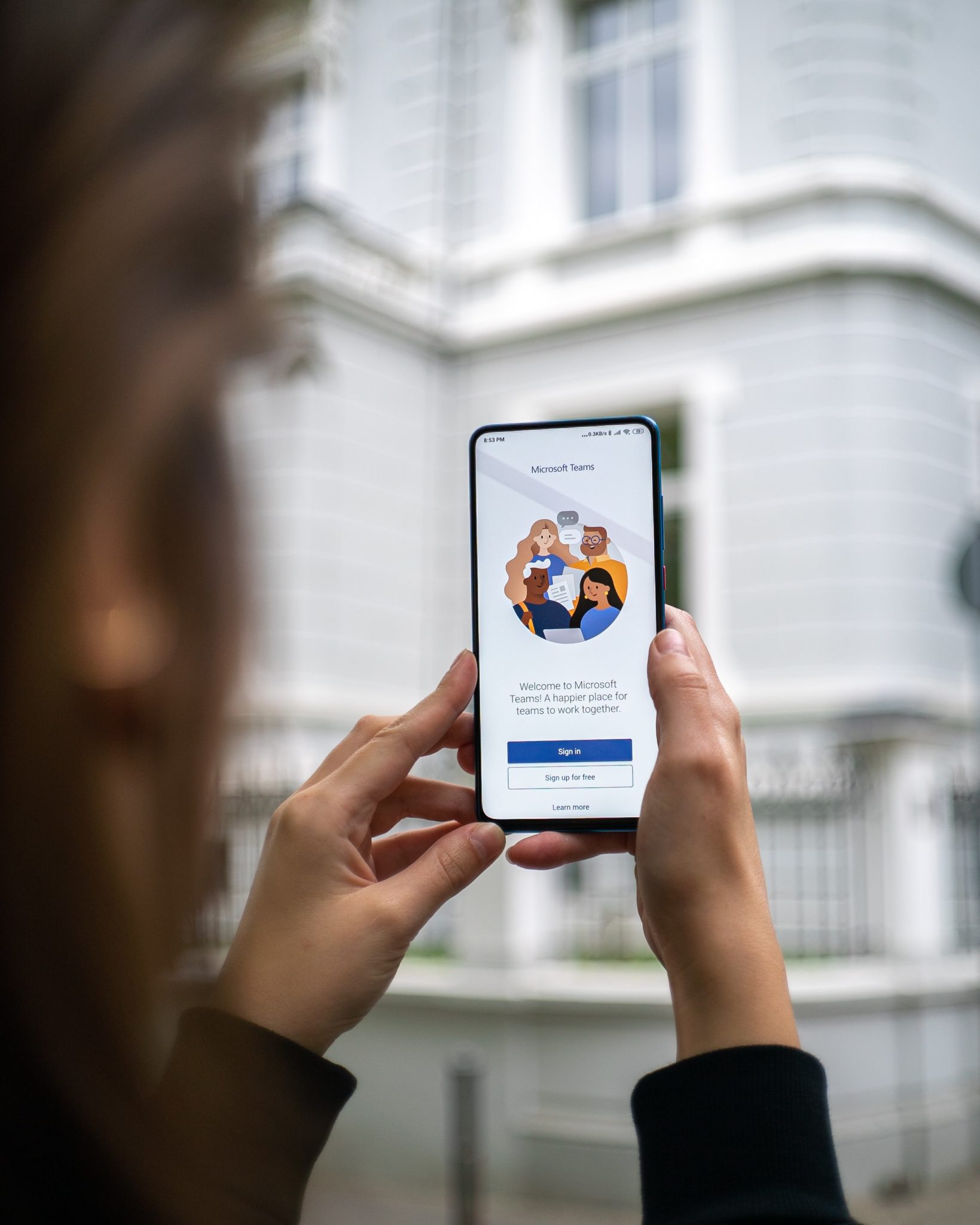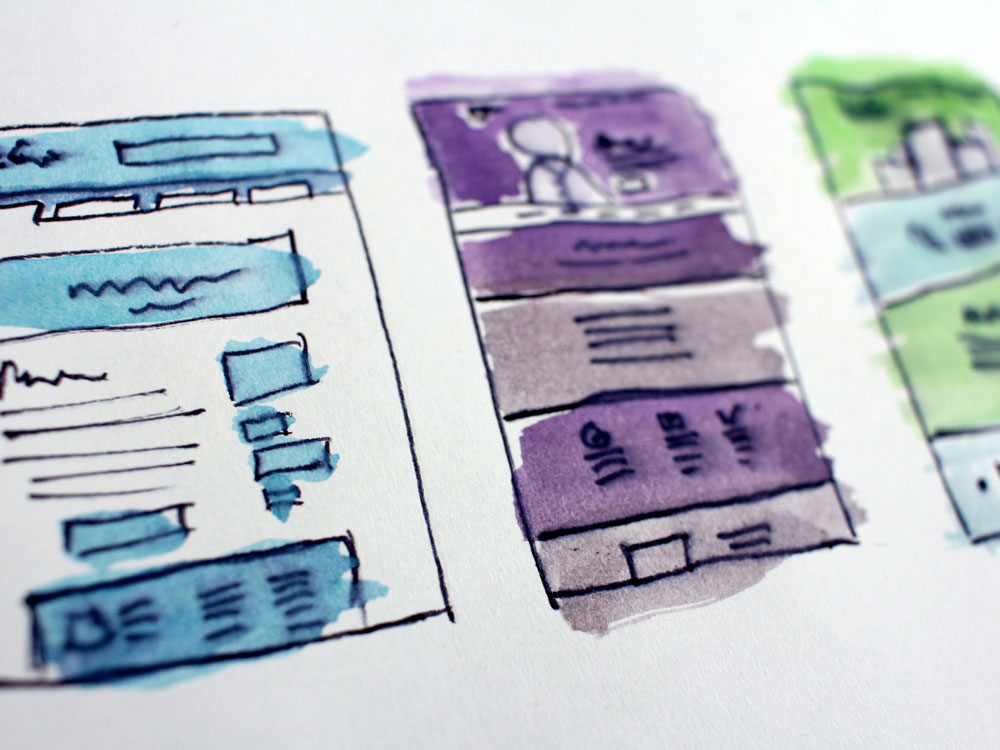There are different ways of calculating the LTV of an app. What is essential to understanding this metric, is that the lifetime value is made up of three main building blocks – monetisation, retention, and virality.
Monetisation is the overall spend a customer or user makes over their lifetime use of an app. For example, if an app only offers a subscription service, the lifetime spend of a user will be the number of months they’ve spent paying the subscription fee, multiplied by its price. However, apps offer a variety of ways to spend within them. In-app purchases, different add-ons, and features all influence this metric and make it variable on a case-by-case basis.
Retention is defined by how engaged users are with an app. Moreover, the length of their overall lifecycle within the app shows the length of their lifecycle. In other words, once a user downloads an app, this metric outlines how long their overall use of the app is and how that’s split over certain periods of time.
Virality, the most difficult metric to arrive at, is simply put the number of new users a current user will bring in. Widely known as ‘word of mouth’, virality is an elusive metric that cannot always be capture due to its interpersonal character.
In general, every business has its own way of calculating the lifetime value of their app but understanding these three key metrics will help you determine what the best way to move forward is.





